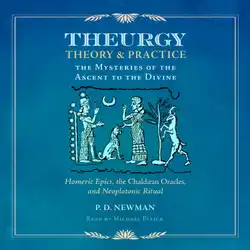• Examines the Path of Souls or Trail of Ghosts, a Native American model for the after-death journey
• Demonstrates how psychoactive plants were used to evoke the liminal state between life and death in initiatory rites and spirit journeys
• Explores the symbology of the large earthwork mounds erected by the Indigenous people of the Mississippi Valley and how they connect to the Path of Souls
The use of hallucinogenic substances like peyote and desert tobacco has long played a significant role in the spiritual practices and traditions of Native Americans. While the majority of those practices are well documented, the relationship between entheogens and Native Americans of the Southeast—whose psychedelic use was just as sophisticated—has gone largely unexplored.
Examining the role of psychoactive plants in afterlife traditions, sacred rituals, and spirit journeying by shamans of the Mississippian mound cultures, P. D. Newman explores in depth the Native American death journey known as the “Trail of Ghosts” or “Path of Souls.” He demonstrates how practices such as fasting and trancework alongside psychedelic plants like jimsonweed, black nightshade, morning glory, amanita and psilocybin mushrooms, and an as-yet-undocumented analogue to ayahuasca were used to evoke the liminal state between life and death in initiatory rites and spirit journeys for shamans and chiefs. He explores the earthwork and platform mounds built by Indigenous cultures of the Mississippi Valley, showing how they quite likely served as early models for the Path of Souls. He also explores similarities between the Ghost Trail afterlife journey and the well-known Egyptian and Tibetan Books of the Dead.


